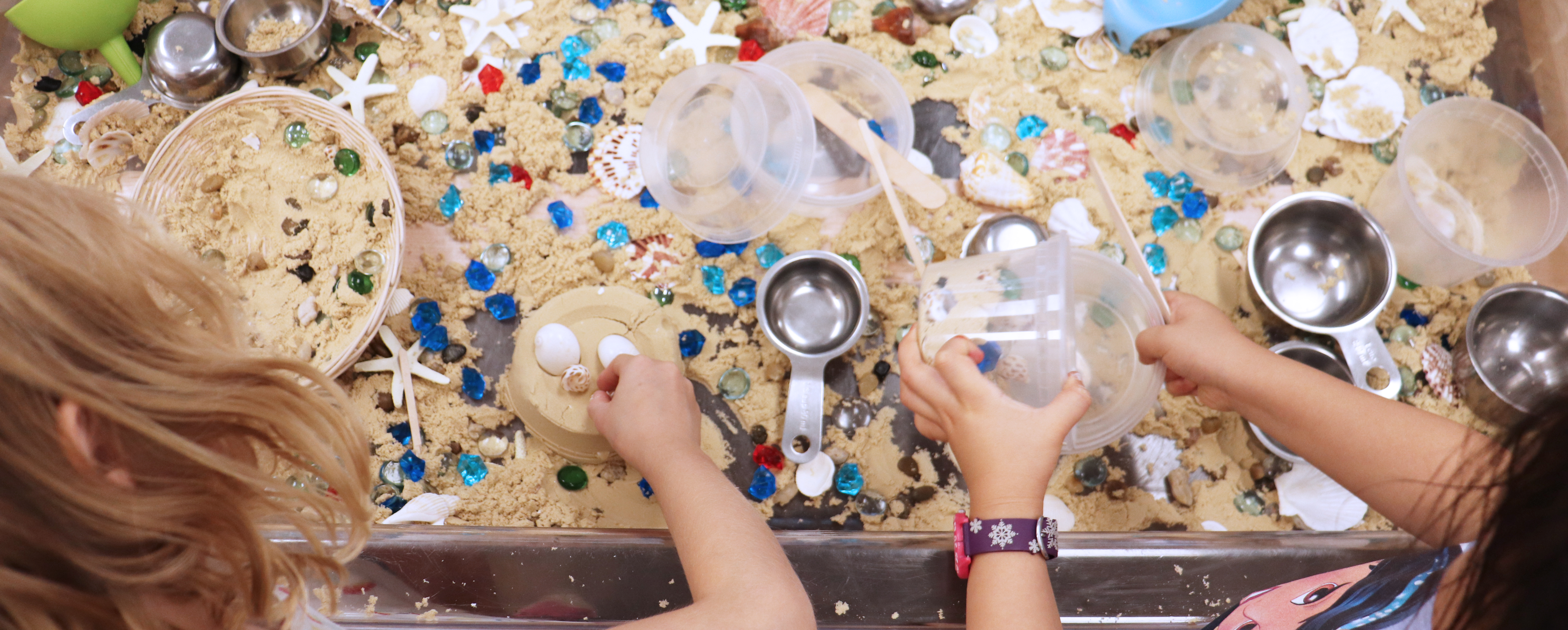While you might think of summer as a time to slow down and relax, we are actually ramping up to make sure we are all set to welcome our first Compositive Primary families in August!
As you know, we believe strongly at Compositive Primary in the value of teaching the whole child, making sure our students are developing in the four domains of cognition, character, health and well-being, and community engagement. Based on extensive research, we know that educating students is about so much more than teaching the three “R’s,” and that measuring student success goes far beyond standardized test scores.
Not surprisingly, other schools are recognizing the importance of educating the whole child at all ages. I was excited when I recently received the most recent issue of Independent School, a magazine published by the National Association of Independent Schools (NAIS) and was excited to see written across the cover, “Health and Well-Being: What Educating the Whole Student Looks Like Today.”
The entire issue focuses on what schools are doing in this area, and one article states, “Many schools have begun to recognize that students’ current and long-term mental, emotional, and physical well-being strongly contribute to their ultimate success in life.” If we only focus on academics, our short-sightedness hurts our kids in the long run. Instead, our students need to be educated not just in habits of the mind but in habits of the body and habits of the heart as well.
Over the last several years, we have seen an increase in stress and anxiety among our children and teens. We live in a fast-paced world where our youth are inundated with media in a way that we couldn’t have imagined even twenty years ago. It’s imperative that in addition to teaching academic skills and content, we need to instill in our students a strong sense of self. What has happened at several schools is that they have tried to address this need by adding on to existing curriculum with an advisory time or a health class. While this is certainly better than not addressing health and well-being at all, it is not nearly as effective as integrating this teaching into all that we do.
This is the benefit of starting our school from scratch. As we develop curriculum, we ask ourselves how we are addressing the Compositive domains and capacities multiple times to ensure that our approach is educating the whole child. We believe that we need to encourage our students to explore their passions and help them understand how they can use their knowledge and passion to make a difference. So during a study of what it means to be a community, students may decide to explore an animal community in depth, finding similarities and differences between that community and a classroom or school community. Or they may become especially interested in exploring how to create a sense of community within a particular setting. Either way, through their exploration, they will develop critical thinking, collaboration, creativity, and communication skills as they work together to discover new information.
Because our students have a say in what they explore, they develop a sense of agency and advocacy. And through asking questions, they develop a sense of empathy. Back to the study of community: one possible direction the class might take is to explore what it means to feel a sense of belonging – an important component of developing community. Imagine the conversations students can have as they think and talk about how different creatures or people create that feeling of belonging. And imagine what students might decide to do to create a sense of belonging among their own community or among the larger community at Anschutz. They might create art that welcomes people in, or they might send letters to people thanking them for their work in the community. Or perhaps they will create a video that explains the importance of community and share it on our school website. The possibilities are endless!
I am eager for the start of the year to see what amazing things our teachers and students will do as they explore the world together. I know that time will be here before we know it. Until then, enjoy the summer – hopefully you and your family will have some time to slow down and will discover some wonderful moments of connection and exploration!






